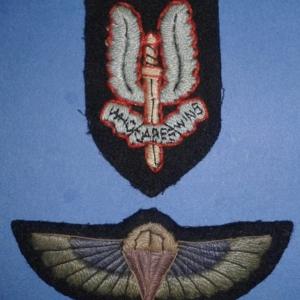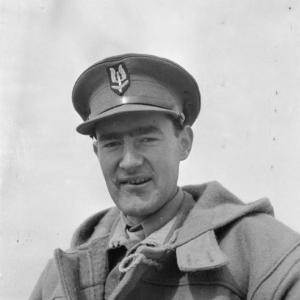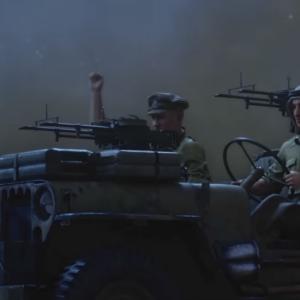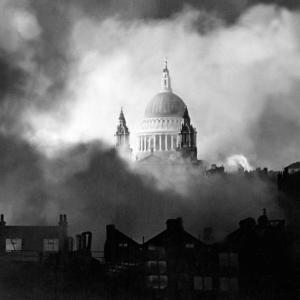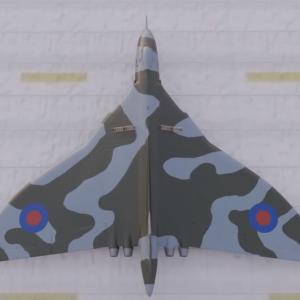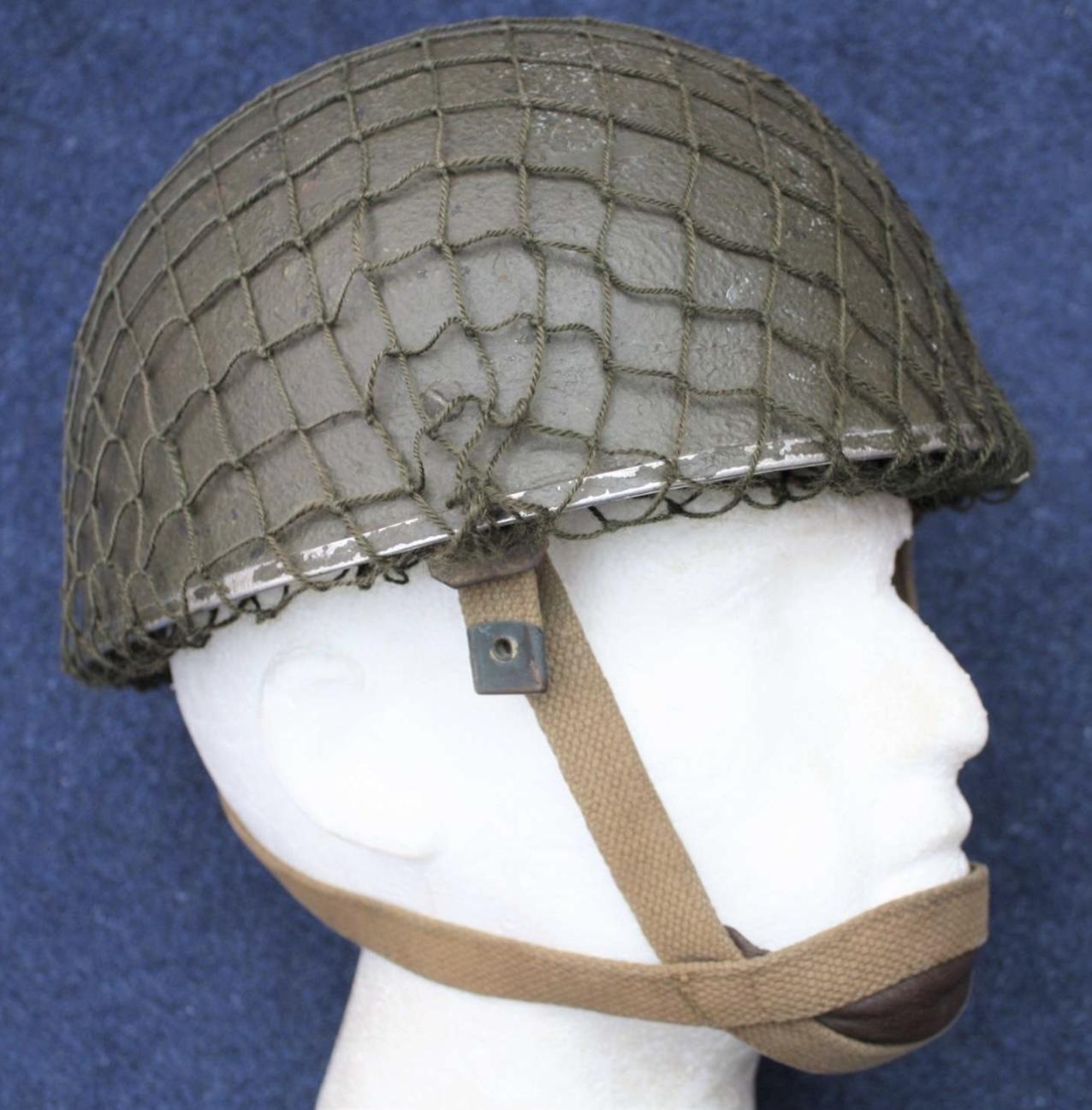
British paras helmet
The World War II British Paratrooper Helmet, often referred to as the "Helmet, Steel, Airborne Troops" (HSAT), was a specialized combat helmet developed for the British Airborne Forces. It was distinct from the standard British Army Brodie helmet in both design and function, tailored specifically for airborne operations. The HSAT first appeared in 1942 and remained in service in various forms well into the post-war period, including through the Korean War and even into the 1980s in some Commonwealth forces.
The helmet was designed to provide superior protection and stability for paratroopers during airborne drops and subsequent combat. Unlike the standard British Army helmet of the time—the Mark II Brodie helmet, which had a shallow bowl shape offering limited side protection—the HSAT featured a deeper shell with a more rounded contour that protected the sides and back of the head. This design was crucial for paratroopers, who were especially vulnerable during jumps and in close-quarters combat upon landing.
The HSAT was designed by the British War Office in consultation with military engineers and medical staff who recognized the inadequacy of the Brodie helmet for airborne forces. The manufacturing was undertaken primarily by Briggs Motor Bodies Ltd., a company based in Dagenham, Essex, which also produced motor vehicle bodies and had the necessary equipment and expertise for pressing steel. The leather and textile parts were subcontracted to other suppliers.
The helmet consisted of a manganese steel shell and featured a unique rubberized or padded interior lining with a suspension system that was more comfortable and shock-absorbent than that of the standard helmet. Early versions (commonly referred to as HSAT Mk I) had a non-magnetic stainless steel rim and leather chinstraps, while later versions (HSAT Mk II) introduced a magnetic steel rim and a three-point webbing chinstrap for improved stability during jumps.
A prominent feature of the helmet was its leather chin cup, which prevented the helmet from shifting during parachute deployment. This was a notable advancement over the simple chinstrap of the Brodie helmet.
The differences between the two helmets were substantial. The Brodie helmet had a shallow, brimmed design—often called a "soup bowl"—that offered limited side protection. In contrast, the HSAT had a deeper, rounder shape that protected more of the head. The HSAT also had a more secure suspension system and chinstrap setup, using either a padded leather cup or three-point webbing that kept the helmet stable during airborne jumps. The interior lining of the HSAT was significantly more comfortable and effective at absorbing shock compared to the basic oilcloth cradle used in the standard helmet.
The HSAT was first issued to British airborne units like the 1st and 6th Airborne Divisions around 1942, seeing notable action in operations such as Operation Market Garden and the Normandy landings. It remained in frontline service throughout World War II and was gradually replaced in the 1950s by the more modern Parachutist Helmet, GS (General Service), and eventually by the composite helmets of the late 20th century.
Today, original WWII British paratrooper helmets are prized military collectibles and are symbolic of the bravery and innovation of Britain’s airborne forces during the war.

